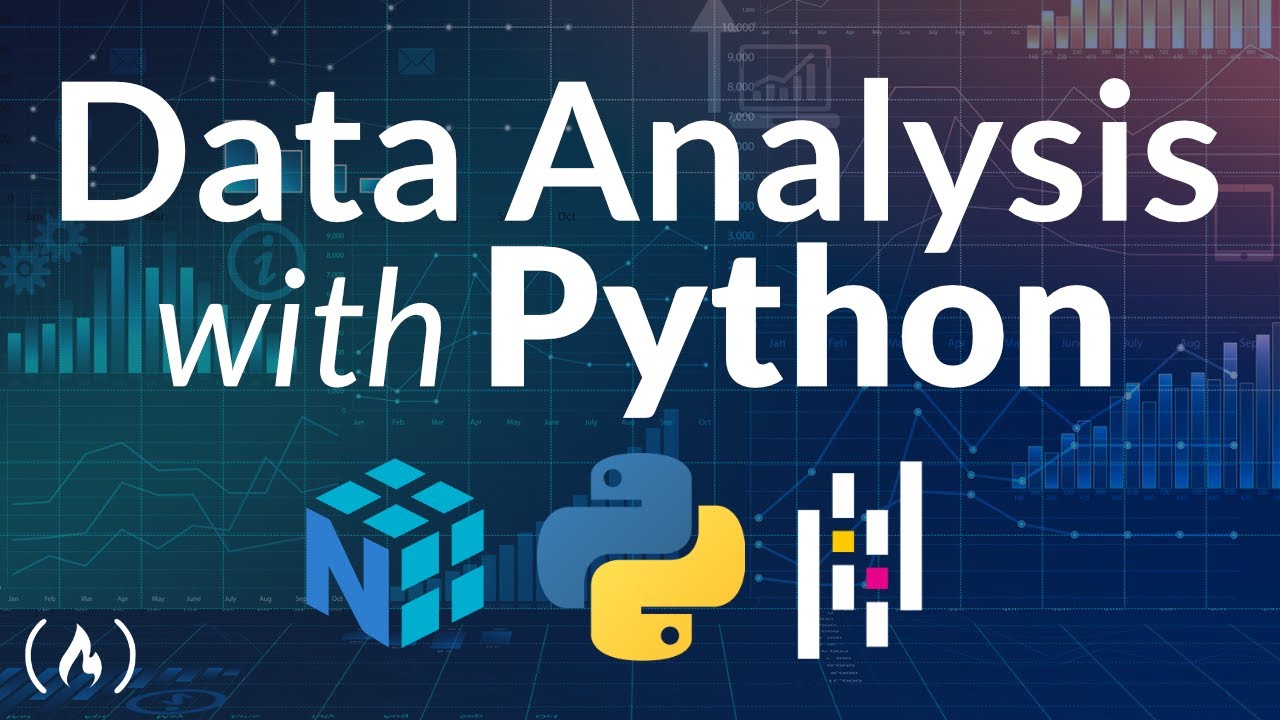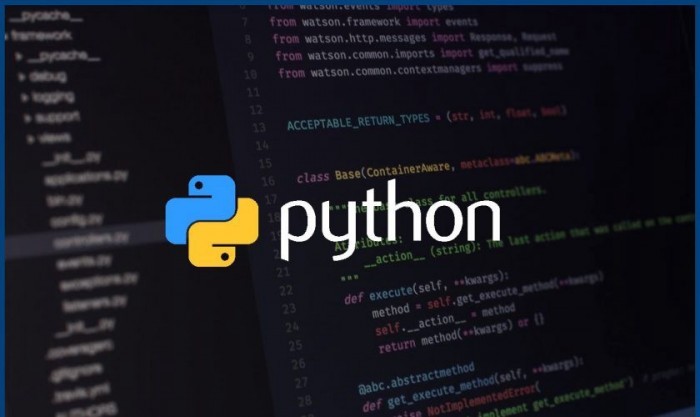Python Programming Training
Data Analysis | Data Visualization | Data Automation
In this journey, you’ll learn the fundamentals of Python programming, including variables, control structures, functions, and object-oriented programming. We’ll explore how to leverage Python to solve real-world problems and create efficient, elegant solutions. So, gear up, ignite your curiosity, and let’s embark on this Python adventure together.


These two days Python programming training is designed to provide you with a solid foundation in Python, empowering you to start your coding journey or expand your skills.
Why Choose Our Training?
Focused Learning: In a fast-paced single-day format, we cover the essentials of Python, ensuring you grasp the fundamentals and can start writing Python code immediately.
Practical Experience: You won't just learn theory. Throughout the day, you'll dive into hands-on coding exercises and mini-projects that put your newfound knowledge to the test.
Expert Guidance: Our experienced Python instructor will lead you through the training, offering insights, answering questions, and providing support to help you overcome challenges.
No Previous Experience Required: Whether you're a complete beginner or have some programming experience in another language, this training is tailored to meet you where you are. However, a basic understanding of different programming languages can be beneficial.
Course Objectives
- Enhance your proficiency in functions, loops, classes, and objects through a Python course.
- Create, build, and provide assistance for both existing and novel applications using Python.
- Acquire the ability to discern user and system prerequisites for fresh software and applications.
- Develop expertise in composing and evaluating code for full-stack web applications.
- Master the techniques for utilizing Python's object-oriented programming (OOP) concepts to solve intricate computational challenges.
- Gain insight into Python's utilization across high-demand domains such as AI, machine learning, and deep learning.
Upon completion of this training, participants will have the capability to declare variables and initialize them, build expressions involving arithmetic, logical, and relational operators, and manipulate text through regular expressions. Additionally, they will possess the skills to create and manage Python scripts and develop platform-independent applications.
The Python Programming Training Course will provide a comprehensive understanding to individuals who want to learn Coding using the Python programming language. This course will benefit a wide range of professionals, including:
- Software Developers
- Data Analysts
- Web Developers
- Data Scientists
- Systems Analysts
- IT Professionals
- Software Engineers
The Growing Demand for Python Developers
Demand for Python developers increased by 41% worldwide. Undoubtedly, it offers the most promising career and this demand for Python developers is growing every time. There is a reason why this high-position programming language is so necessary.
Python developer is one of the top career choices for anyone willing to invest long hours practicing programming skills. Since the value of technology integration went up many times ago, the position of a Python developer is nearly inevitable in associations.
Companies are looking for Python developers to keep their front-end and back-end development up to date.
So, Python inventors are one of the top recession-evidence python jobs to start your career.
Prerequisites for the Python Programming Training
There are no formal prerequisites to attend the Python Programming Training. However, a basic understanding of different programming languages can be beneficial.
Python Programming overview
Why is Python So Popular?
Let's now discuss the major advantages of using Python that makes it such a powerful and prevalent programming language.
It has an intuitive syntax that resembles a natural English language and hence is easy to learn, especially for people who are just entering the world of programming.
- Because of its human-friendly syntax, it's easy to write, read, and debug.
- It provides an extensive standard library and a wide choice of well-documented and comprehensive additional libraries and modules.
- It's free both for individuals and businesses.
- Thanks to its huge supporting community, Python is constantly developed, improved, and expanded.
- It can be integrated into any project and used for solving advanced problems.
- Being a general-purpose language, it has various applications in many spheres.
What is Python Used For?
We already mentioned more than once in this article that Python has a lot of applications. So, let's see where exactly we can use Python in the real world.
Python for Data Analysis: Data has become a truly precious asset in any modern industry, and most companies are interested in gathering, manipulating, and analyzing relevant data to extract meaningful business insights from it. And this is where Python goes beyond any competition.
Python is particularly valuable because, apart from its comprehensive standard library, it provides an impressive collection of additional modules designed specifically for analytical purposes.
The most famous Python libraries for conducting data analysis are Pandas and NumPy. These tools allow you to do almost everything with your data, such as cleaning and wrangling it, exploring statistics, or visualizing hidden trends in your data.
Python for Data Visualization: Data visualization is a stand-alone part of data analysis that helps us represent the information, whether raw or cleaned and transformed, in a more compelling and insightful form.
Here Python comes into play again, offering a wide spectrum of tools for visualizing the data. The most popular of them are matplotlib and, based on it, seaborn. Using them, we can create literally all kinds of visualizations from simple ones (line plots, bar charts, histograms) to more advanced ones (animated plots, streamlines, cluster maps, joy plots, etc.).
Python for Machine Learning: Machine learning (ML) is at the core of the majority of data science tasks. It represents a field of artificial intelligence concerned with using algorithms to enable machines to learn patterns and trends from historical data to make predictions on unknown data.
Using ML techniques, we can create models that can accurately predict the customer churn rate of the company, estimate the risk of a person having a certain disease, identify the optimal positioning of taxi vehicles, etc.
With Python, we can build an ML model using as few as three lines of code (see an example of such a model for predicting fraudulent bank transactions). Even though behind those few lines of code, there are complex processes and calculations, Python ML libraries do most of the work under the hood, which significantly facilitates the user's task.
Python for Software Development: Besides its many-sided application in data science areas, Python is used at each stage of software development, including build control, automated continuous compilation, prototyping, bug tracking, testing, and software maintenance.
The flexibility and, at the same time, power of this programming language allows using it for creating both relatively simple and highly-advanced multi-protocol applications or those that involve complex numeric computations.
With Python, we can build audio or video programs based on AI or ML techniques, APIs (application programming interfaces), GUIs (graphical user interfaces), or any other type of software.
Python for Web Development: While for building the front end of a website (the part of a website accessible to its users), we would mostly use the languages such as HTML, CSS, and JavaScript, for its back end (the invisible part of a website), we would often opt for Python.
For these purposes, Python is used for some common frameworks (like Django or Flask) with specialized built-in modules that enable sharing data with servers, processing information, accessing databases, URL routing, content management, and maintaining website security.Among the giant websites and applications created using Python, it's worth mentioning Google, Facebook, Instagram, YouTube, Dropbox, and Reddit.
Module 1: Introduction to Python
- What is Python?
- Who Developed Python?
Module 2: Variables
- Introduction to Variables
Module 3: Data Types
- Numeric
- Boolean
- Strings
- Sequence
- Dictionary
- Set
Module 4: Operators
- Arithmetic Operators
- Assignment Operators
- Relational Operators
- Logical Operators
Module 5: Conditional Statement
- If Statement
- If-Else Statement
- Nested If Statement
- If-Elif Statement
Module 6: Looping Statement
- For Loop
- While Loop
Module 7: Functions
- Introduction to Functions
- User Defined Functions
- In-Built Functions
- Lambda Functions
Module 8: Python OOPS
- What is OOPS?
- Classes
- Objects
Module 9: Global and Local Variables
- What is a Global Variable?
- What is a Local Variable?
Module 10: Constructors
- What is a Constructor?
- Types of Constructors
Module 11: Inheritance
- What is Inheritance?
- Single Inheritance
- Multiple Inheritance
- Multi-Level Inheritance
- Hierarchical Inheritance
- Hybrid Inheritance
Module 12: Polymorphism
- What is Polymorphism?
- Method Overloading
- Method Overriding
Module 13: File Handling
- What is File Handling?
- Open
- Write
- Append
Module 14: Exception Handling
- What is Exception Handling?
- Difference Between Syntax Error and Exceptions
- Components of Exception Handling
- Try Block
- Except Block
- Else Block
- Finally Block
- Raise Keyword
Module 15: Modules
- What is Module?
- Module Creation
- Module Importing
Module 16: Packages
- What is a Package?
- Creation of Package
- Importing Modules from Packages
- Importing Specific Function from Module
Module 17: Web Scraping
- What is Web Scraping?
- Requests Module
- BeautifulSoup Library
Module 18: NumPy
- What is NumPy?
- Installation of NumPy
- Operation in NumPy
Module 19: Python with MySQL
- Environment Setup
- Creating Database Connection
- Creating Databases and Tables in Python
- Operations on Tables in Python
Module 20: Python GUI Tkinter
- Python GUI Application with Tkinter
- Widgets
- Getting User Input
- Assigning Widgets to Frames
- Controlling Layout with Geometry Managers
- pack()
- place()
- grid()
Module 21: Python Newspaper
- Newspaper Module
- Installation
- Implementation
Module 22: Ping-Pong Game
- What is a Ping-Pong Game?
- Working with Turtle Module
- Creating Right, Left Paddles, and a Ball
Price:
£1198 £717 + VAT (Discount price)
$1145 $873 + VAT (Discount price)
Calender
All our courses are LIVE online classes
Python Programming Training
Time: 9:00am – 5:00pm (GMT +1)
Total Hours: 8
